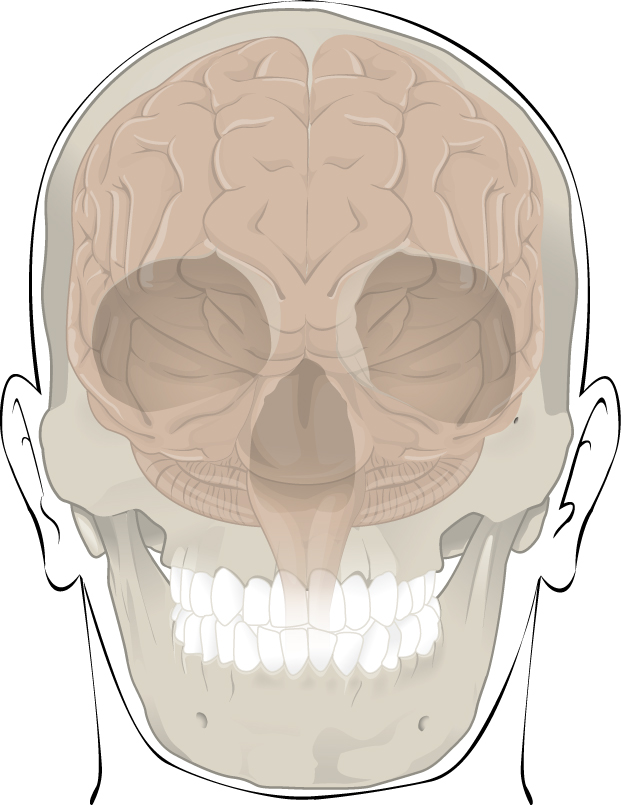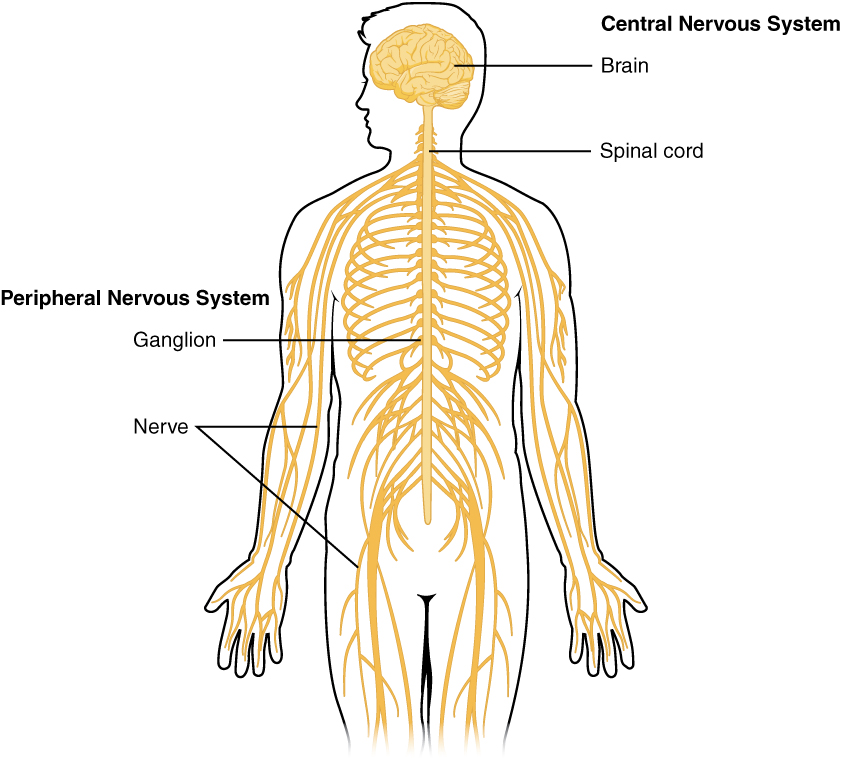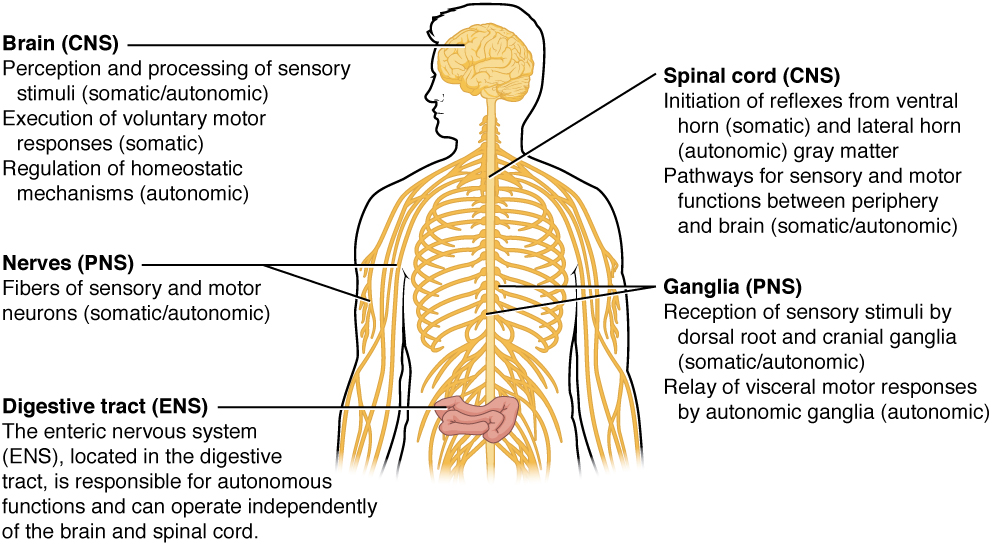Which Best Describes a Regulatory Function of the Skeletal System
Bones work in concert with tendons joints ligaments and skeletal muscles to produce various movements. B The skeletal system is composed of bones cartilage tendons and the muscles that connect them.

The Functions Of The Skeletal System Anatomy And Physiology
Support Movement and Protection.

. Support Movement and Protection. Stores and releases minerals and fat. The skeletal system creates blood cells.
Some functions of the skeletal system are more readily observable than others. Regulates satiation and the breakdown of food into individual nutrients. Epilepsy is considered a degenerative disorder that affects the peripheral nervous system.
Stores and releases minerals and fat. It forms the rigid structural framework of the body and supports the weight of the body along with its limbs. Like the steel framework of a building the functions of the skeleton and the bones is to provide rigidity which gives the body shape and supports the weight of the muscles and organs.
The skeletal system is the body system composed of bones and cartilage and performs the following critical functions for the human body. A The skeletal system is composed of a rigid structure of bones that create strong hard tissues called ligaments. Blood cell production in soft marrow tissues and mineral reserves Largest organ of the body for defense and support Vitamin D production and pumping blood through vessels Voluntary movement and contractile movement 2.
Without this structure the body would collapse in on itself compressing the lungs heart and other organs--impairing their function. Bone cells capable of breaking down bonds are termed. List and describe the functions of the skeletal system Bone or osseous tissue is a hard dense connective tissue that forms most of the adult skeleton the support structure of the body.
The skeletal system stores nutrients such as calcium and potassium for later use in the body. Regulates skeletal muscle contraction strength. The skeletal system is the body system composed of bones and cartilage and performs the following critical functions for the human body.
Support movement protection production of blood cells storage of minerals and endocrine regulation. C The skeletal system is composed of a rigid structure of bones that support the body and. Hence Production of body heat is not a function of the skeletal system.
The skeleton gives the human body its support shape and form. To support the body protect the organs store calcium and produce blood cells. We will further learn about the functions of each kind of bone forming the skeletal system in detail.
Red bone marrow functions in the formation of. Figure 611 Functions of the skeletal system. The skeletal system helps to protect vital organs.
Humans have an endoskeleton where our bones lie underneath our skin and muscles. The human skeletal system is responsible for six major functions in our body which include protection movement support storage of minerals production of blood cells and endocrine regulation. In other animals such as insects there is an exoskeleton on the outside of the body.
As a component of the skeletal system a major function of bone is to assist in movement. Skeletal system The skeleton is the central structure of the body and is made up of bones joints and cartilage. Check all that apply.
Bone marrow produces red and white blood cells which help carry oxygen through the blood and fight diseases. The primary function of the skeletal system is to provide a solid framework to support and safeguard the human body and its organs. Skeleton functions as framework of the body which provides the particular form and shape to the animals.
When you move you can feel how your bones support you facilitate your movement and protect the soft organs of your body. The skeleton serves six major functions. Select the statements below that accurately describe the functions of the skeletal system.
The skeleton provides the framework for muscles and gives the body its defined. Regulates water balance by controlling the solute concentration of the blood. Regulates the levels of nutrients such as glucose in the blood.
The main function of the skeletal system is that it provides a framework to the body and provides shape. Functions of Skeletal System. Functions of the Skeletal System.
To regulate and maintain bodily functions by producing hormones and. Which statement BEST describes the skeletal system. Nutrients are provided to bone through blood vessels that are contained within canals in bone.
To regulate the composition of body fluids by removing metabolic wastes and retain the balance of water salt and other nutrients. The skeletal system is hard and so forms a protective layer for the softer more delicate organs from any form of injury. Support Movement and Protection.
The skeletal system serves all of the following functions EXCEPT. Bone or osseous tissue is a hard dense connective tissue that forms most of the adult skeleton the support structure of the body. Together they perform the following functions.
Functions of the skeletal system include. Regulatory functions of the skeletal system include. The skeletal system is composed of a rigid structure of bones that support the body and make red and white blood cells.
The skeletal system also helps to protect our internal organs and other delicate body organs including the brain heart lungs and spinal cord by acting as a buffer. Along with the muscular system the skeletal system helps in the movement of the body parts of the body and locomotion of the body. The weight bearing functions of the skeletal system depends on the deposits.
Maintaining blood calcium levels. Which of the following sentences best describes the composition of a flat bone. This helps in maintaining the overall shape of the human body.
Which of the following are the functions of the skeletal system. In the areas of the skeleton where bones move for example the ribcage and joints cartilage a semi-rigid form of connective tissue provides. The adult human skeletal system consists of 206 bones as well as a network of tendons ligaments and cartilage that connects them.
The skeletal system provides support and protection for the bodys internal organs and gives the muscles a point of attachment. The functions are the skeletal system are. This hard but flexible structure is found in.
List and describe the functions of the skeletal system. Regulates the rate of metabolism. Mineral Storage Energy Storage and Hematopoiesis.

Functions Of Liver Medical Textbooks Physiology Medical Facts

Basic Structure And Function Of The Nervous System Anatomy And Physiology

Basic Structure And Function Of The Nervous System Anatomy And Physiology
Comments
Post a Comment